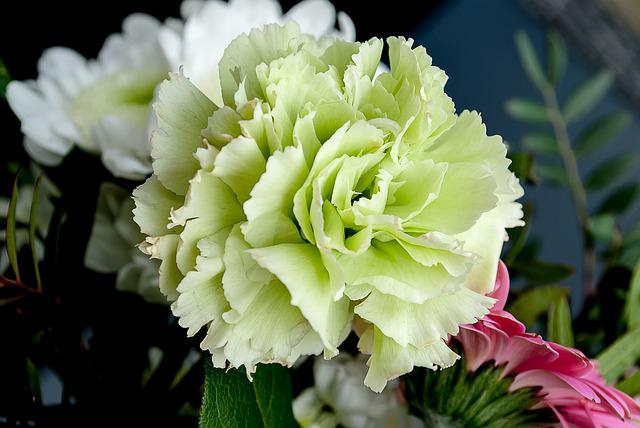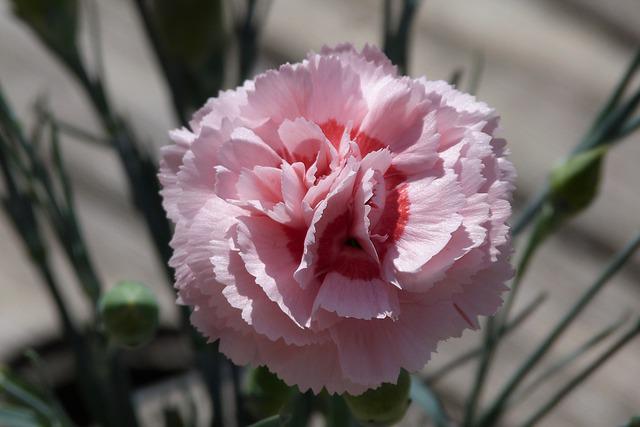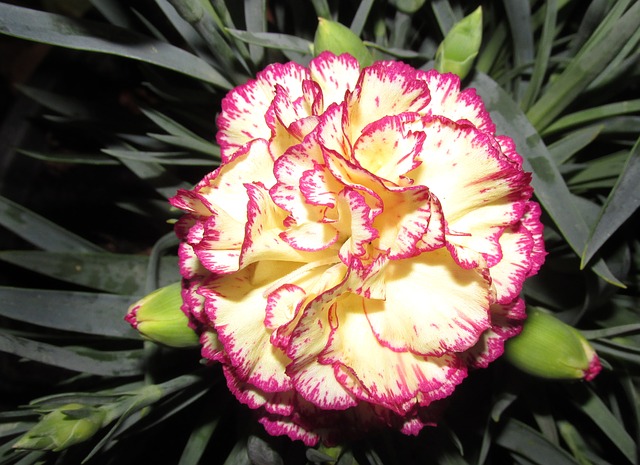Can Carnations Grow Indoors? —Plant Care and for Growing Carnation Indoor

Carnations can grow indoors, but they may need a little bit of help to do so. First, you’ll want to ensure that yourpot is well-drained and carnation has good soil and adequate nutrients. Once you have done this, give the plant plenty of water and sunlight. Be sure to keep the area around the plant free from weeds or other plants that might compete with a carnation for resources.
There is no specific timetable for when carnations will flower. It takes time to get used to their new environment and establish a strong root system. However, once they bloom, be sure not to remove any blooms as doing so can disrupt pollination processes.
Table of Contents
Plant Care for Growing Carnation Indoor
Choosing Pot
When you are growing carnations indoors, it is important to choose the right pot. Carnations will do best in a pot with good drainage. Make sure to choose one at least 18 inches in diameter and 12 inches deep.
Sunlight Exposure
Carnations need plenty of sunlight to grow and thrive. You’ll want to position the plant so it receives at least six hours of direct sunlight daily. If the plant doesn’t receive enough sunlight, it may not bloom properly or produce flowers effectively. The carnation is a “facultative long-day plant,” which means it grows flowers faster when the days are longer than when they are shorter. Carnations need a lot of light to grow flowers that look good. The weight of fresh flowers and the strength of flower stalks are increased by lighting that cycles from dusk to dawn. In flowering, the photoperiod is more critical than the amount of light because it affects how the lateral shoots grow and whether or not the plant flowers.
Watering
Be sure to water your carnation regularly to keep its soil moist but not soggy. You should also constantly adjust the watering schedule based on how dry or wet the ground feels. Avoid overwatering your plants, which can cause root rot and other issues. For irrigation, you should use water that is at room temperature. And the plant is suitable for spraying in the evening, especially when it is hot. The flower should be watered in the morning or evening.
Soil
Carnations need good soil to grow and flower well. You’ll want to ensure that the plant has plenty of organic matter and nutrients to thrive. Add some compost or other garden amendments to the soil before you plant your carnation if desired.
Fertilizing
Be sure not to fertilize your carnation excessively, as this can lead to over-fertilization and weed problems down the road. However, a light fertilizer application every two weeks should be fine for most plants. Remember also not to use nitrogen-based fertilizers as they may cause
Temperature
Carnations like warm temperatures perform best in a temperature range of 70-75°F (21-24°C). You may have sick or dying plants if the weather is too cold. Likewise, your carnation could be damaged if the weather gets too hot.

Humidity
The ideal humidity for carnations is around 90-95%. Too much humidity can lead to fungal or bacterial growth, while too little can affect the flower’s appearance and yield. You can achieve this humidity level by misting your plants regularly or using a humidifier.
How to Plant Carnation Indoors
- You should start your carnation seeds indoors six to eight weeks before the last frost in your region is expected to occur. Learning how to grow carnation flowers in this manner is simple. It will encourage flowering in the first year, allowing you to enjoy the results of your hard work in caring for carnations sooner rather than later.
- Pick a container that has holes for drainage, and then fill it with potting soil until it is within an inch or two (2.5 to 5 centimeters) of the top. Spread the seeds evenly across the top of the soil, then lightly cover them up.
- After the soil has absorbed the water, create a greenhouse by covering the container with a transparent plastic bag and placing it in the sun. Within the next few days, the first visible signs of your carnation garden plants should break the soil’s surface. Transplant the seedlings into their pots when they have two to three leaves. Then, once they have reached a height of four to five inches (10 to 12.5 cm), you should move them outside if there is no danger of frost in your area.

